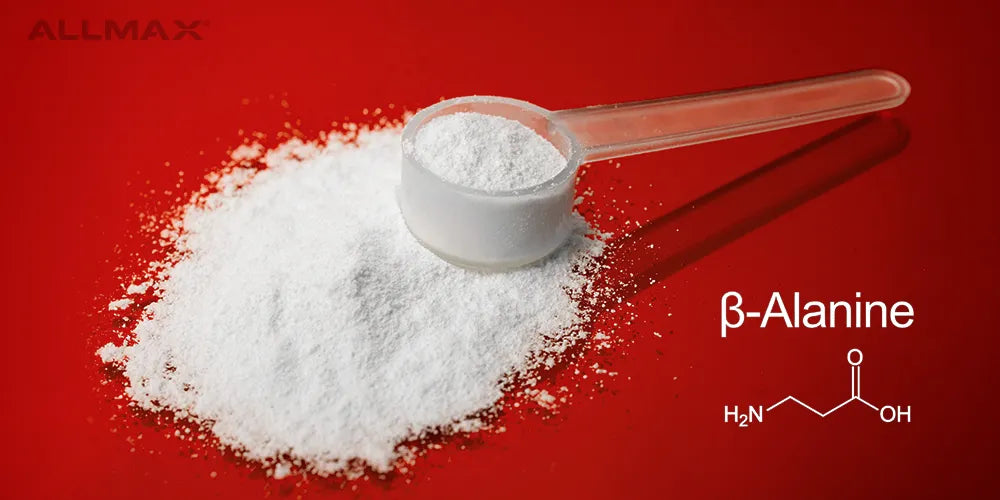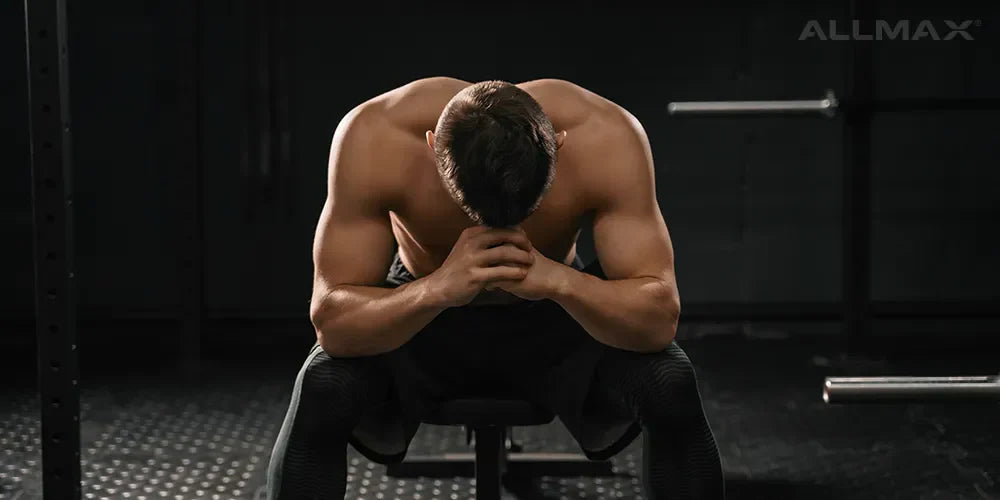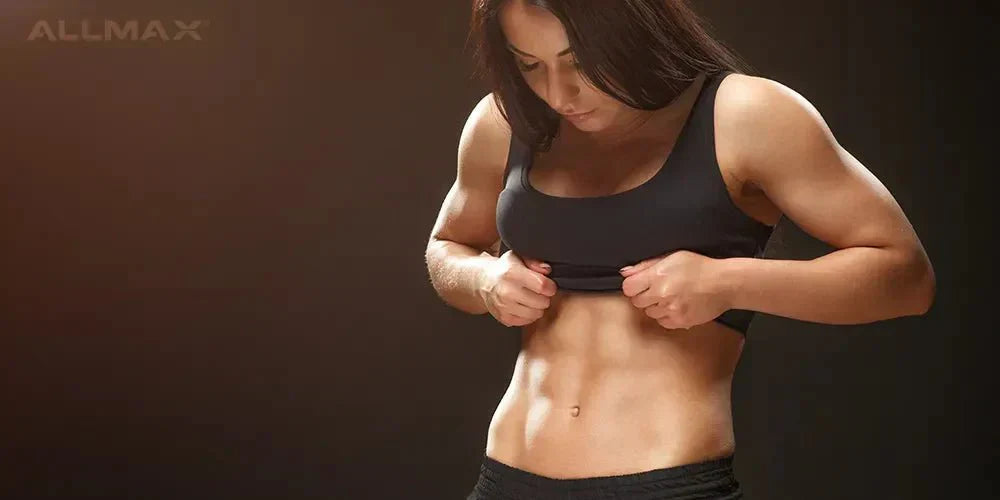- Why is it necessary to train your legs?
- What should a leg routine consist of?
- What are the best practices for aerobic and weight training exercises?
- How frequently should you do leg exercises?
Legs are one of the most frequently overlooked muscle groups, as the benefit of training these muscles is often misunderstood. However, for a professional athlete or bodybuilder, legs are one of the most important parts of the body, and they dedicate significant time and energy to leg training. “You should never skip leg day,” is a rule of thumb you’ve likely heard before, and with good reason. Leg workouts define major muscles in the lower body and lead to increased speed, strength, and power. They help maintain the body's proportion and balance. Why is it necessary to train legs? 1- Boost testosterone: Higher testosterone levels are observed with exercises that engage multiple muscle groups.[1] The quadriceps, femoral, and abductor muscles occupy almost half of the body’s muscle weight, so training them leads to the stimulation of significant muscle growth and an increase in testosterone. 2- Improved athletic performance: Leg workouts increase blood circulation throughout the body, enhancing health, strength, and resistance. Furthermore, it aids in eliminating waste in the body, while minimizing the risk of thrombosis.[2] 3- Increased strength: Legs are the body's support; strong legs assist in balance and stability when lifting heavy weight. 4- Burning fat: Since many leg workouts have a high aerobic component, they are perfect for burning body fat—particularly abdominal fat.[3] Lower body exercises are an excellent way to burn calories overall, leading to weight loss in all areas of the body. What should a leg exercise routine consist of? A healthy leg workout plan should include both aerobic and weight-bearing movements. A proper balance allows for the increase of muscle and tone and minimizes injury. To avoid muscular imbalance, it’s important to train both the antagonist and agonist muscle groups. Getting older requires more attention to exercising legs. It becomes essential for the maintenance of healthy ankle, knee, and hip joints.[1] If there is an injury or a joint condition, a doctor should be consulted before beginning a workout regimen. Aerobic exercises: Alternate knee raises: A simple approach to leg training is alternate knee raises. This workout strengthens hamstrings, quadriceps, and glutes while raising the heart rate and improving overall posture. Furthermore, it is an effortless workout to perform. “Start by standing straight with feet hip-distance apart. Next, raise the right knee to hip level. Then, lower the right knee and repeat the action with the left knee. Repeat for one to three minutes, increasing your speed of movement, as you are able, to intensify the expertise. Similar effects may be achieved by performing step-ups on stairs or a stair machine.” Calf raises: When it comes to training legs, the calves are often ignored. These muscles are critical for avoiding ankle injuries and maintaining balance. "Stand behind a strong chair with feet planted and toes facing forward. Keep your legs straight without locking your knees. Slowly lift the right leg to the side. Return to the starting position. The slower movement the better. Repeat with the left and do this sequence 15 times on each leg." Squats: Squats are essential because they target the quadriceps, glutes, biceps, femoris, and abdomen.[2] They cause a rise in heart rate and oxygen circulation, contributing to enhanced endurance and strength. "Beginners may want to begin with chair squats and move into standing squats. To achieve this, stand in front of a sturdy chair as if you are about to sit on it. Place feet slightly wider than shoulder-width apart. Focus weight on the heels and slowly bend the knees to lower the buttocks towards the chair. As you get close to sitting on the chair, quickly press back up to standing. Standing squats employ the same movement without the chair. Aim to get at least 10 to 15 squats per set." Weight exercises: Dumbbell lunge: Dumbbell lunges are a multi-joint exercise that strengthens the quadriceps, glutes, and hamstrings. The knees and hips flex and expand throughout the activity. It is crucial to use appropriate weight doing this exercise. If you have pain in any leg joint, this exercise should be avoided. "Position the feet hip-distance apart while holding dumbbells at your side. Keep your upper body upright and step forward, bending the front and back legs to a 90-degree angle. At the same time, make sure to keep the front foot flat on the ground. Finally, push up using both legs to stand back up and bring your feet back to the start position. Repeat, stepping forward with the opposite leg." Goblet Squat: Once you’ve mastered squats, they can be performed with dumbbells or a barbell. The added weight works your muscles even harder. The goblet squat relieves tension while still working the quadriceps and glutes.[1] "Hold a kettlebell, dumbbell, or preferred weight with both hands at chest level. While placing the feet at a shoulder-width distance, lower into a squat by bending your knees. Make sure to keep lowering until the hips are below your knees. Keep your back as straight as possible while lowering down, stand back up, and repeat." Romanian Deadlift: Romanian Deadlift (RDL) is a classic barbell lift used to strengthen the posterior chain muscles such as the erector spinae, gluteus maximus, hamstrings, and adductors.[2] The RDL is an efficient exercise that supports both the core and lower body in a single movement—when performed correctly. "Stand up straight with the weights at the hip level. Bend over slowly, hinging at the hip and lowering your torso. Stop bending when you feel a stretch in the hamstrings; the weights will likely be just below your knees. Then, push the hips forward to stand back up." Experts recommend doing two sets of 10 repetitions for each exercise.
Exercise Sets Reps
- Alternate Knee Raises 4 40-50
- Calf Raises 4 20-30
- Warmup Squats 4 20-30
- Dumbbell Lunge 4 15-20
- Goblet Squat 4 15-20
- Romanian Deadlift 4 15-20
[1] Kumagai, H., Zempo-Miyaki, A., Yoshikawa, T., Tsujimoto, T., Tanaka, K., & Maeda, S. (2016). Increased physical activity has a greater effect than reduced energy intake on lifestyle modification-induced increases in testosterone. Journal of clinical biochemistry and nutrition, 58(1), 84–89. https://doi.org/10.3164/jcbn.15-48 [2] Tremblay A, Simoneau JA, Bouchard C. Impact of exercise intensity on body fatness and skeletal muscle metabolism. Metabolism. 1994 Jul;43(7):814-8. doi: 10.1016/0026-0495(94)90259-3. PMID: 8028502. [3] Kirk EP, Donnelly JE, Smith BK, Honas J, Lecheminant JD, Bailey BW, Jacobsen DJ, Washburn RA. Minimal resistance training improves daily energy expenditure and fat oxidation. Med Sci Sports Exerc. 2009 May;41(5):1122-9. doi: 10.1249/MSS.0b013e318193c64e. PMID: 19346974; PMCID: PMC2862249. [4] Konopka AR, Harber MP. Skeletal muscle hypertrophy after aerobic exercise training. Exerc Sport Sci Rev. 2014 Apr;42(2):53-61. doi: 10.1249/JES.0000000000000007. PMID: 24508740; PMCID: PMC4523889. [5] Glassbrook DJ, Brown SR, Helms ER, Duncan S, Storey AG. The High-Bar and Low-Bar Back-Squats: A Biomechanical Analysis. J Strength Cond Res. 2019 Jul;33 Suppl 1:S1-S18. doi: 10.1519/JSC.0000000000001836. PMID: 28195975. [6] Collins KS, Klawitter LA, Waldera RW, Mahoney SJ, Christensen BK. Differences in Muscle Activity and Kinetics Between the Goblet Squat and Landmine Squat in Men and Women. J Strength Cond Res. 2021 Oct 1;35(10):2661-2668. doi: 10.1519/JSC.0000000000004094. PMID: 34341315. [7] Delgado J, Drinkwater EJ, Banyard HG, Haff GG, Nosaka K. Comparison Between Back Squat, Romanian Deadlift, and Barbell Hip Thrust for Leg and Hip Muscle Activities During Hip Extension. J Strength Cond Res. 2019 Oct;33(10):2595-2601. doi: 10.1519/JSC.0000000000003290. PMID: 31356511. [8] Escamilla R, Zheng N, MacLeod TD, Imamura R, Wilk KE, Wang S, Rubenstein I, Yamashiro K, Fleisig GS. Patellofemoral Joint Loading During the Performance of the Forward and Side Lunge with Step Height Variations. Int J Sports Phys Ther. 2022 Feb 1;17(2):174-184. doi: 10.26603/001c.31876. PMID: 35136686; PMCID: PMC8805090. [9] Schoenfeld BJ, Ogborn D, Krieger JW. Effects of Resistance Training Frequency on Measures of Muscle Hypertrophy: A Systematic Review and Meta-Analysis. Sports Med. 2016 Nov;46(11):1689-1697. doi: 10.1007/s40279-016-0543-8. PMID: 27102172.



